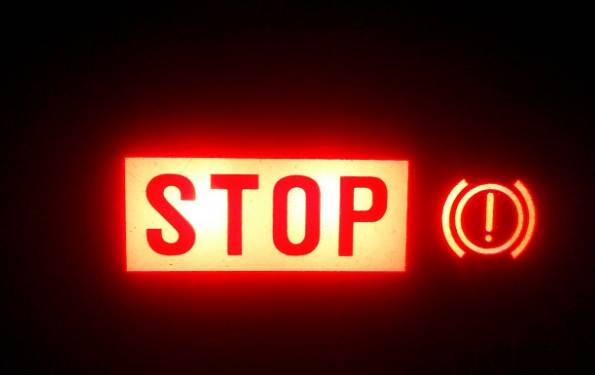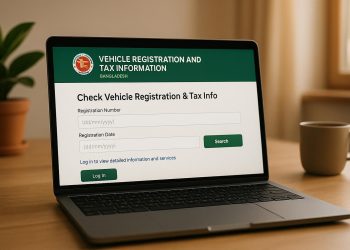Recognise early brake warning signs like noises, spongy pedal, vibrations and fluid leaks—essential for your safety and vehicle health.
Brake warning signs You Shouldn’t Ignore
Your brakes are one of the most critical safety systems in your vehicle. Over time, wear and tear can compromise their effectiveness. Recognising early brake warning signs is essential for avoiding accidents, costly repairs, and ensuring peace of mind on the road.
Pulling or Drifting When Braking
Loss of Steering Control
If your car veers to one side when you brake, uneven brake pad wear or caliper malfunction could be to blame. This is one of the most serious brake warning signs and should be addressed immediately.
Squealing, Grinding or Clicking Noises
High-Frequency Squeal
This often indicates worn-out brake pads. Many high-quality pads have built-in wear indicators that emit a high-pitched squeal when it’s time for replacement—an unmistakable brake warning signs signal.
Grinding or Metallic Rubbing
If the squeal escalates to grinding, it likely means the pads are gone and metal is rubbing against the rotor—leading to costly rotor damage and a clear brake warning signs alert.
Pulsating Brake Pedal or Steering Wheel
Vibration Under Braking
If the brake pedal or steering wheel shakes when applied, it usually signals warped rotors. Driving under such conditions can compromise vehicle stability and is a key brake warning signs symptom.
Spongy or Soft Brake Pedal
Unusual Pedal Behavior
A brake pedal that feels mushy or soft could point to air in the brake lines, fluid leaks, or a failing master cylinder. In any of these cases, brake warning signs require prompt diagnosis and repair.
Illuminated Brake or ABS Light
Dashboard Alerts
An illuminated brake light or ABS indicator suggests a system error—possibly low fluid, worn pads, or a malfunctioning sensor. Ignoring this brake warning signs could lead to further system damage.
Brake Fluid Leaks
Visible Puddles Under the Car
Spotting fluid beneath your vehicle is a clear brake warning signs indicator. Since brake fluid is vital for hydraulic pressure, leaks can dramatically reduce braking efficiency.
Corrosion or Drips Around Wheels
Inspect your wheel wells periodically. Fluid residue or gummy buildup near calipers or lines is a sign of a slow leak and suggests immediate servicing is necessary.
Burning Smell or Overheating
Musty or Burnt Odor
If brakes are constantly overheated due to stuck calipers or excessive friction, you’ll smell a burning scent inside or outside the car. That’s more than just discomfort—it’s a serious brake warning signs alert.
Decreased Brake Responsiveness
Increased Stopping Distance
When your vehicle requires more space to stop than usual, it’s a functional brake warning signs indicator. This can result from worn pads, fluid loss, or rotor wear.
Preventive Measures and Maintenance
Regular Inspection
Check your brake pads, discs, fluid levels, and lines every 5,000–10,000 km. Regular maintenance helps you address brake warning signs before they escalate.
Choose Quality Parts
Invest in good brake pads, rotors, and certified brake fluid. Cheaper aftermarket parts often wear faster and increase the likelihood of early brake warning signs.
Professional Evaluation
If you notice any of the warning signs above, have your brakes inspected by a certified mechanic. For more car safety tips, visit Garirnews—a helpful hub for drivers.
Conclusion
Ignoring brake warning signs like noises, pull, vibration, leaks, or dashboard alerts can lead to serious safety hazards and expensive damage. Stay alert to early signals and act promptly to ensure safety and reliability on the road.
Have you ever caught a brake problem just in time? Share your experience or drop your questions in the comments—let’s keep each other safe!




